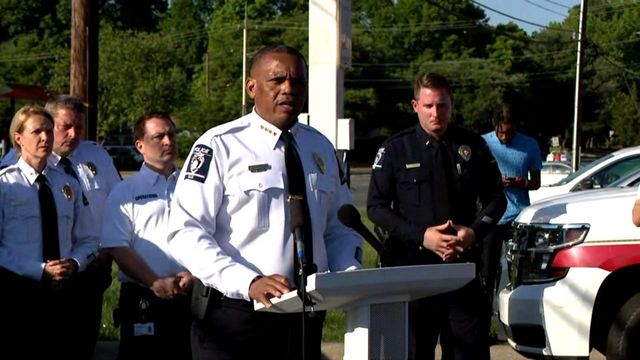Federal budget includes $138.3 million for rapid bus line to connect UNC campus, hospitals, Franklin Street
The town of Chapel Hill is due to receive $138.3 million in federal funding to make one of its busiest bus routes faster and more efficient.
The federal funding would cover most of the $197 million cost of the town’s first bus rapid transit [BRT] line.
There are 17 stations planned along the 8.2-mile route, which will include stops in downtown Chapel Hill along Franklin Street, the University of North Carolina at Chapel Hill’s campus and at the hospitals.
Chapel Hill is one of 14 communities in the country, and the only one in North Carolina, to have a transportation project recommended for federal funding in President Joe Biden’s proposed budget.
UNC students are currently on spring break, but there is typically traffic congestion along North Carolina Highway 86 toward the university’s campus.
“There’s a lot of vehicles and people who move through that corridor,” said Chapel Hill Transit Director Brian Litchfield.
Litchfield said turning the corridor into the town's first BRT line has been more than a decade in the making.
“With our BRT project, buses will be able to move faster, be more efficient and be running every six minutes or more during most hours of the day,” Litchfield said.
The north-south BRT line will run down MLK Jr. Boulevard between park-and-ride lots at Eubanks Road off Interstate 40 and Southern Village.
A rendering shows that the stops look similar to the BRT line in Richmond, Virginia. Buses run in their own dedicated lanes with traffic lights that give them priority to keep moving through busy intersections.
The Federal Transit Administration projects the addition of the BRT route to boost ridership from 1,306,100 trips each year in 2023 to 2,674,800 in 2045.
“Maybe folks that don’t ride the bus today but with the BRT in place, maybe they will,” Litchfield said. “There’s already a lot of ridership in that corridor.”
It’s expected to cost $6.72 million to operate the line each year after its launch in 2029.
Lauren Southwell said she hops on the NS Route bus from the park-and-ride lot to get to her job at a lab on the UNC campus.
“It’s a really great system, especially because parking is really hard to get on campus,” Southwell said.
Southwell said she’s glad to hear the BRT is moving forward.
“Just having a more frequent, faster way to get to work would be really ideal,” she said.
If Congress approves the funding, construction could start in 2026 with the BRT up and running in 2029.
In Raleigh, the Triangle’s first BRT line is under construction along New Bern Avenue.











